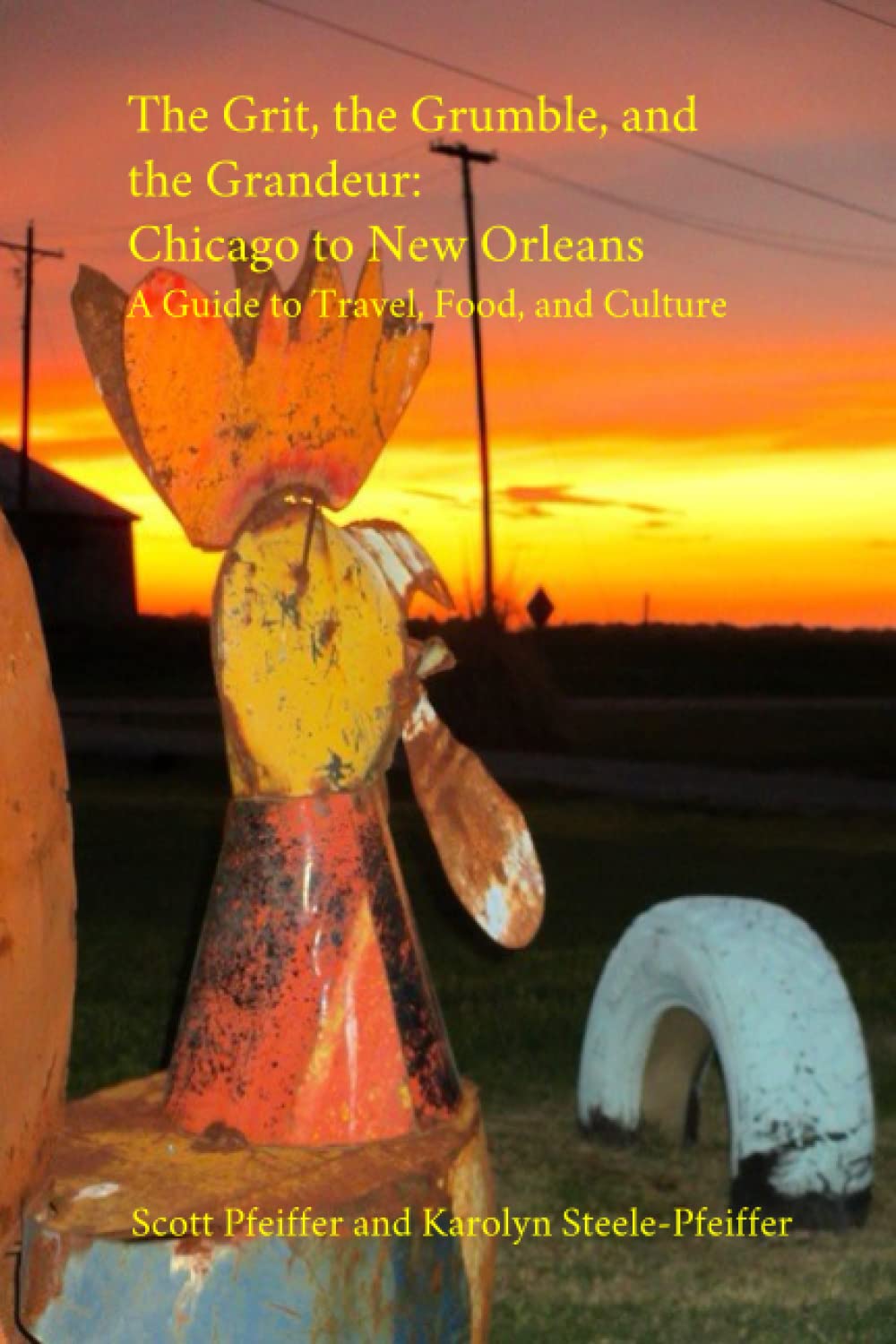127 Hours
In the opening moments of “127 Hours” Danny Boyle throws a split-screen triptych at us. It shows (1) beautiful time-lapse freeway imagery; (2) marathons and cyclists; and (3) in contrast to these rushing rivers of communal humanity, a young man, Aaron Ralston (played by James Franco) gearing up for a lone weekend of “X-treme” climbing in Utah’s Blue John Canyon. We recall hearing the news story about the guy. He took a spill down a crevice, taking a boulder along with him which crushed his arm against the wall. There he remained, until after about five days he came to a realization: it’s either grit your teeth and do what needs to be done to free yourself, or die at the bottom of a crack. (Useful metaphor, that.) And so, using a blunt penknife, he sawed off his own arm.
The opening foreshadows the solitary immobility that we know lies in store for Ralston, but it also illustrates something about Boyle that something in me resists: the way he seems to think I need constant stimulation. It’s rock & roll filmmaking, and I usually like that, but I can’t but feel like he’s trying too hard to sell me something. (I noticed this more in “Slumdog” than I did in “Trainspotting,” “Millions,” or “28 Days Later,” all of which I liked a lot.) Still, there’s no question that he is a bravura filmmaker. His camera goes everywhere: the bottom of a water bottle, an X-ray-like cross-section of the arm at the point where Franco’s exploring knife first tentatively touches bone. “127 Hours” is grueling and won’t be for everyone, but if you are going to see this you’ve got to catch it on a huge screen, to feel the immensity of the big sky, the intoxication of the gorgeous Western landscape. You’ll benefit from a theatrical sound system as well, since music and sound design are a big part of the Boyle experience.
Having recently seen Franco do a spot-on young Ginsberg in “Howl,” I’m impressed by his range. He’s just right here as Ralston, a carefree young guy, friendly but callow, who tends to take other people for granted. We see a girlfriend leaving him (the setting is the stands of an arena), watch him ignore her, keeping his gaze fixed on the game as she says, “You’re going to be so lonely, Aaron.” At such moments “127 Hours” reminded me, oddly enough, of “A Christmas Carol,” as did the ending: another chance to get life right. The montage is fragmentary, suiting the stream-of-consciousness of dream and memory. Sometimes we see a detail—a patch of his ex-girlfriend’s naked body, say—before we see the whole. And in fact what the film conveys very well is the visceral realization that the things he took for granted, including human relationships, are the very things that could have saved him…just as thinking he could go it alone is what sealed his fate.
In an early sequence he meets two young women lost in the desert and offers to guide them to where they’re going. They decide to trust him, and he leads them into a narrow, floorless passage. Scooting their backs along the wall of the corridor whilst bracing themselves against the other with their scuffling hands and feet, the women watch in horror as Franco suddenly lets himself drop down the wall, sliding out of sight into the darkness. We then see that he’s slipped through the ceiling of a cavern, freefalling through the air to splash down in a pool far below. Soon they’re doing it as well and having a blast. If in the past I haven’t trusted Boyle entirely, by the end of “127 Hours” I understood something I hadn’t before: like Ralston, he’s motivated by nothing more than to show us something that will move and exhilarate us.
Rating: ****
Key to ratings:
***** (essential viewing)
**** (excellent)
*** (worth a look)
** (forgettable)
* (rubbish!!)
- Nov 23, 2010


 Scott Pfeiffer
Scott Pfeiffer
Reader Comments (1)
This was my favorite movie from last year (gosh, was it last year or the year before?) due to the gut-wrenching scenes while he is trapped. I didn't watch as he cut his arm--a bit too gruesome for me--but I could feel it as he did.
Nice review, Scott.